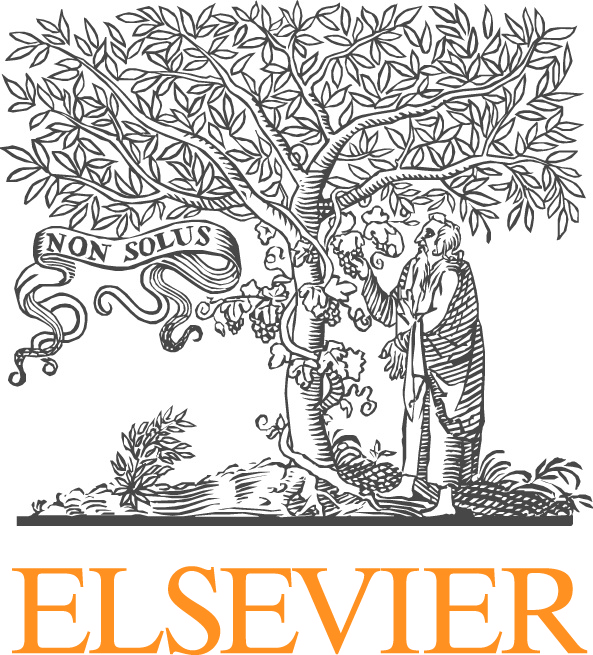Maenghyo Cho, Seoul National University
TS Han, Yonsei University
Sung Youb Kim, Ulsan National Institute of Science and Technology
This minisymposium provides a forum to present computational multiscale/multiphysics approaches for studying the physical and chemical behaviors of complex materials and structures. Simulation frameworks such as Molecular Mechanics (MM), Molecular Dynamics (MD), and DFT method are used for understanding the mechanism of small scale material behavior. Micro and meso scale models such as micro-mechanics and Phase Field models provide methodologies to bridge between smaller and larger scales. In continuum scale, macro-continuum mechanics models are implemented through Finite Element Analysis (FEA) or Computational Fluid Dynamics (CFD) to evaluate large scale properties. These approaches eventually lead to the prediction of the macroscopic behavior of complex materials and structures. With ever increasing computing power, larger data sets can be generated through the efficient technics such as Reduced Order Modeling (ROM), and Surrogate Model (SM) for complex materials and structures can be constructed. The data-driven identification of characteristics of materials and structures correlated with their properties can be realized.
Integrated efforts on these approaches will promote the reliable design and performance evaluation of complex materials and structures. During the minisymposium, participants are expected to discuss state-of-the-art characterization and property evaluation tools adopting multiscale/multiphysics approaches, application and integration of such tools, and findings from the analyses on the engineered and natural complex materials and structures.
Topics of applications include:
- Performance evaluation of multiscale/multiphysis responses of crystalline, ceramics, polymers, and soft matter materials
- Prediction of damage, fracture, and fatigue behavior of complex materials and structures
- Characteristics identification of inelastic behavior with linear/nonlinear models.
- Reduced order modeling and data-driven surrogate modeling for complex materials and structures







